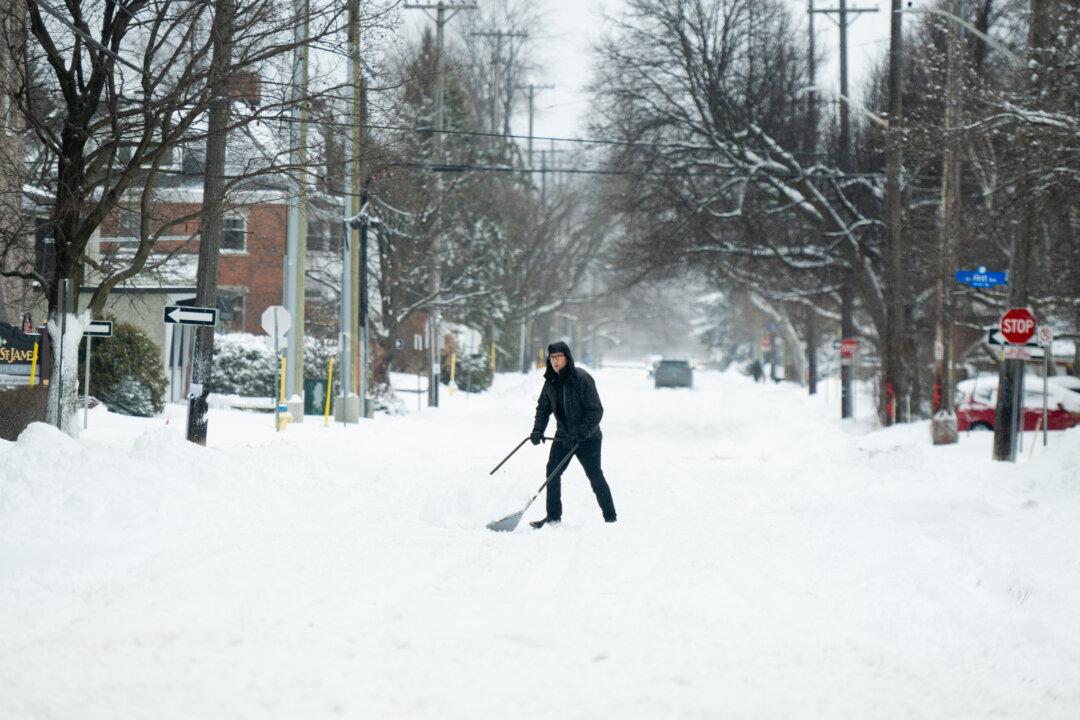Winter weather is hitting different parts of Canada this weekend with extreme cold temperatures in the west and snowstorms in the east.
Parts of British Columbia and most of Alberta, Saskatchewan, and Manitoba have extreme cold weather warnings issued by Environment Canada.





